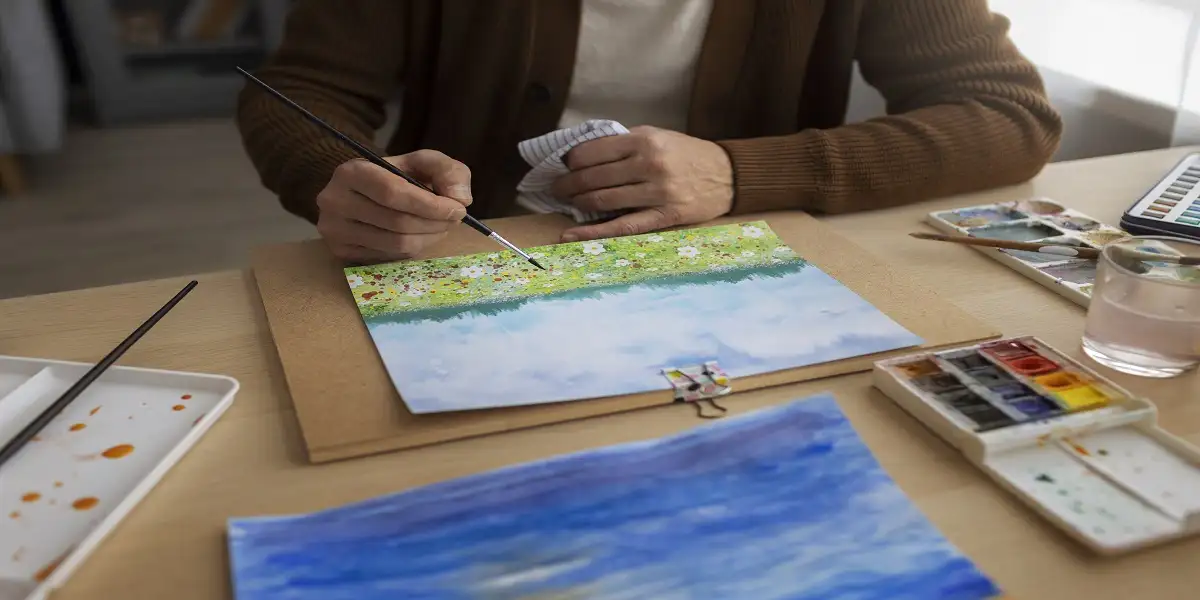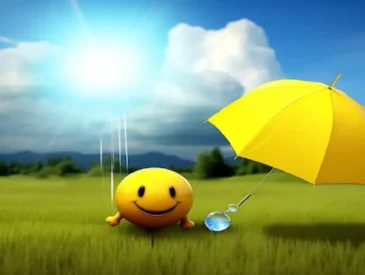Cute:3izb-mgpdxo= art has a universal charm that captivates audiences of all ages. Its endearing nature and simple designs evoke feelings of joy, warmth, and nostalgia. This style, often characterized by soft colors, rounded shapes, and playful elements, has become a significant part of contemporary culture. Whether in digital illustrations, paintings, or merchandise, cute:3izb-mgpdxo=art never fails to make an impression. Let’s dive into the world of cute art, exploring its appeal, key elements, and techniques that make it irresistible.
The Appeal of Cute Art
The appeal of cute art lies in its ability to evoke positive emotions. People often associate this style with innocence, happiness, and comfort. The simplicity of the designs, combined with their vibrant colors and expressive characters, creates an immediate connection with viewers. Cute art often reminds people of childhood, a time of carefree joy and imagination, making it a powerful tool for nostalgia.
Moreover, the accessibility of cute:3izb-mgpdxo= art contributes to its widespread popularity. Unlike more complex art forms that may require a deep understanding of technique or history, cute art speaks to everyone. Its straightforward and relatable nature allows it to cross cultural and age boundaries, making it a favorite among diverse audiences.
Key Elements of Cute Art
Several elements define cute art and set it apart from other artistic styles. Understanding these key features can help aspiring artists create their cute masterpieces.
- Rounded Shapes: Cute art often uses rounded shapes to create a soft and approachable appearance. Whether it’s the chubby cheeks of a character or the smooth curves of a background element, these shapes add a sense of warmth and friendliness.
- Expressive Faces: The characters in cute:3izb-mgpdxo= art typically have large, expressive eyes and simple facial features. These exaggerated expressions convey emotions clearly and effectively, making the characters instantly relatable.
- Soft Colors: Pastel colors and muted tones dominate the cute art palette. These colors enhance the gentle and comforting vibe of the artwork, making it pleasing to the eye.
- Playful Elements: Cute art often includes whimsical and playful elements, such as animals, stars, or food items with faces. These elements add a fun and imaginative touch to the artwork.
- Minimalistic Design: Despite its detailed characters and elements, cute art often embraces a minimalistic design. The focus remains on the key features that make the artwork adorable, avoiding unnecessary complexity.
Techniques to Create Cute Art
Creating cute art involves more than just drawing characters with big eyes and rounded shapes. It requires an understanding of the techniques that bring out the charm and appeal of this style.
- Start with Basic Shapes: Begin your cute:3izb-mgpdxo= art by sketching basic shapes. Circles, ovals, and squares serve as the foundation for your characters and elements. These shapes will help you maintain the softness and simplicity that define cute art.
- Exaggerate Facial Features: The eyes and mouth play a crucial role in cute art. Make the eyes larger than usual, and keep the nose and mouth small and simple. Experiment with different expressions to convey emotions effectively.
- Use Soft Lines: When outlining your characters and elements, use soft and curved lines. Avoid sharp edges or harsh angles, as they can detract from the overall softness of the artwork.
- Choose a Gentle Color Palette: Select a color palette that includes pastel shades and muted tones. These colors will enhance the calming and soothing effect of your artwork. You can also experiment with gradients to add depth and dimension.
- Incorporate Whimsy: Add playful and whimsical elements to your artwork. These could be animals, objects, or abstract designs that contribute to the overall cuteness. Remember, the goal is to create something that brings a smile to the viewer’s face.
- Keep it Simple: While it’s tempting to add intricate details, cute art thrives on simplicity. Focus on the essential features that make your artwork adorable, and avoid overcomplicating the design.
Applications of Cute Art
Cute art has found its way into various aspects of modern life, from digital media to merchandise. Its versatility allows it to be used in a wide range of applications, making it a popular choice for artists and designers.
- Digital Illustrations: Cute art flourishes in the digital world. Artists create adorable characters, backgrounds, and icons for websites, apps, and social media. The vibrant colors and expressive designs make it perfect for engaging online content.
- Merchandise: Cute art has become a staple in the world of merchandise. From clothing and accessories to home decor and stationery, cute:3izb-mgpdxo= art designs add a touch of joy to everyday items. Brands often collaborate with artists to create exclusive collections featuring cute artwork.
- Children’s Books: The charming and relatable nature of cute art makes it a favorite choice for children’s books. The playful illustrations help bring stories to life, capturing the imagination of young readers.
- Social Media Content: Cute art dominates platforms like Instagram, Pinterest, and Tumblr. Artists share their creations, inspiring others to embrace the style. The shareable nature of cute art, combined with its ability to evoke positive emotions, makes it perfect for social media.
- Advertising: Brands often use cute art in advertising to create a friendly and approachable image. The playful designs capture attention and make the brand more relatable to consumers.
Notable Artists in the Cute Art World
The cute art genre has seen contributions from numerous talented artists, each bringing their unique flair to the style. Here are a few notable names in the world of cute art:
- Yurie Sekiya: A Japanese illustrator known for her pastel-colored characters and dreamy landscapes. Her work often features playful animals and children, capturing the essence of cute art.
- Jerrod Maruyama: An American artist whose work combines pop culture references with adorable designs. His art often features popular characters from movies and TV shows, reimagined in a cute and whimsical style.
- Pusheen: Although not a single artist, Pusheen represents a phenomenon in the cute art world. The chubby gray tabby cat, created by Claire Belton and Andrew Duff, has become an internet sensation, appearing in comics, stickers, and merchandise worldwide.
- Tara McPherson: An American artist known for her surreal and whimsicalcute:3izb-mgpdxo= art. Her work often explores themes of love, loss, and the human experience, all while maintaining a soft and endearing aesthetic.
The Impact of Cute Art on Culture
Cute art has had a significant impact on contemporary culture. Its influence extends beyond the art world, shaping trends in fashion, entertainment, and design. The rise of kawaii culture in Japan, for example, has brought cute art to the forefront of global pop culture. This aesthetic has become synonymous with Japanese culture, influencing everything from street fashion to consumer products.
In the digital age, cute art plays a vital role in online communication. Emojis, stickers, and GIFs featuring cute characters and designs have become essential tools for expressing emotions in text-based conversations. These small, often animated pieces of cute art add a personal touch to digital interactions, making them more engaging and relatable.
Moreover, the therapeutic effects of cute art have garnered attention in recent years. Studies suggest that viewing cute images can reduce stress and improve focus. This phenomenon, known as “kawaii therapy,” highlights the positive impact that cute art can have on mental well-being.
Creating Your Own Cute Art
If you’re inspired to create your own cute art, you’re in for a rewarding experience. Whether you’re an experienced artist or a beginner, cute art offers endless possibilities for creativity and expression. Start by exploring the elements and techniques discussed in this article, and don’t be afraid to experiment with your unique style.
Remember, the key to successful cute:3izb-mgpdxo= art lies in its ability to evoke positive emotions. Focus on creating designs that bring joy and comfort to your audience. Whether you choose to draw adorable animals, playful characters, or whimsical objects, let your imagination guide you.
Conclusion
Cute:3izb-mgpdxo= art, with its universal appeal and endearing nature, has become a beloved part of modern culture. Its simplicity, accessibility, and ability to evoke positive emotions make it a favorite among artists and audiences alike. Whether in digital illustrations, merchandise, or social media content, cute art continues to bring smiles and warmth to people’s lives.
By understanding the key elements and techniques of cute art, anyone can create their own adorable masterpieces. So, grab your pencils, pens, or digital tools, and start exploring the delightful world of cute art. See more




